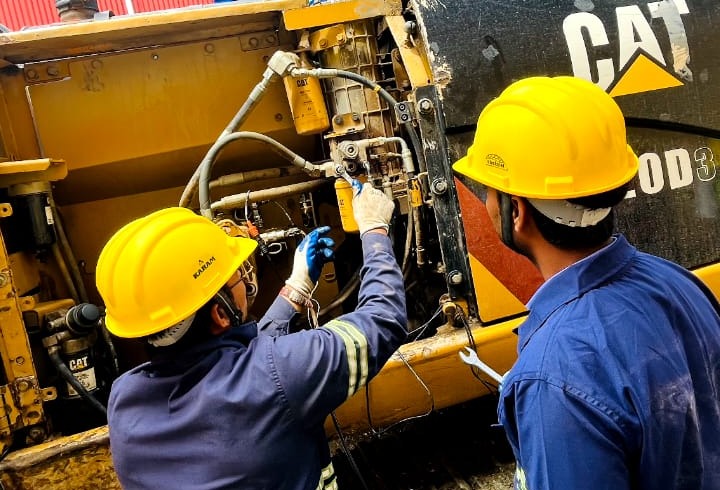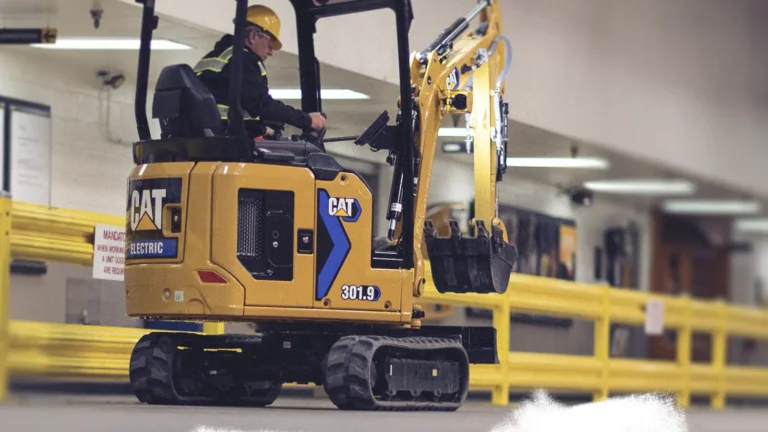Introduction
Hydraulics is the study of liquids in motion and the force generated in pipes and cylinders. In hydraulic systems, forces that are applied by the liquid are transmitted to a mechanical mechanism. Hydraulic systems are versatile, efficient, and simple for the transmission of power. A hydraulic system changes power from one form to another.
The science of hydraulics can be divided into two sciences:
Hydrodynamics
Hydrostatics
HYDRODYNAMICS
Water wheel
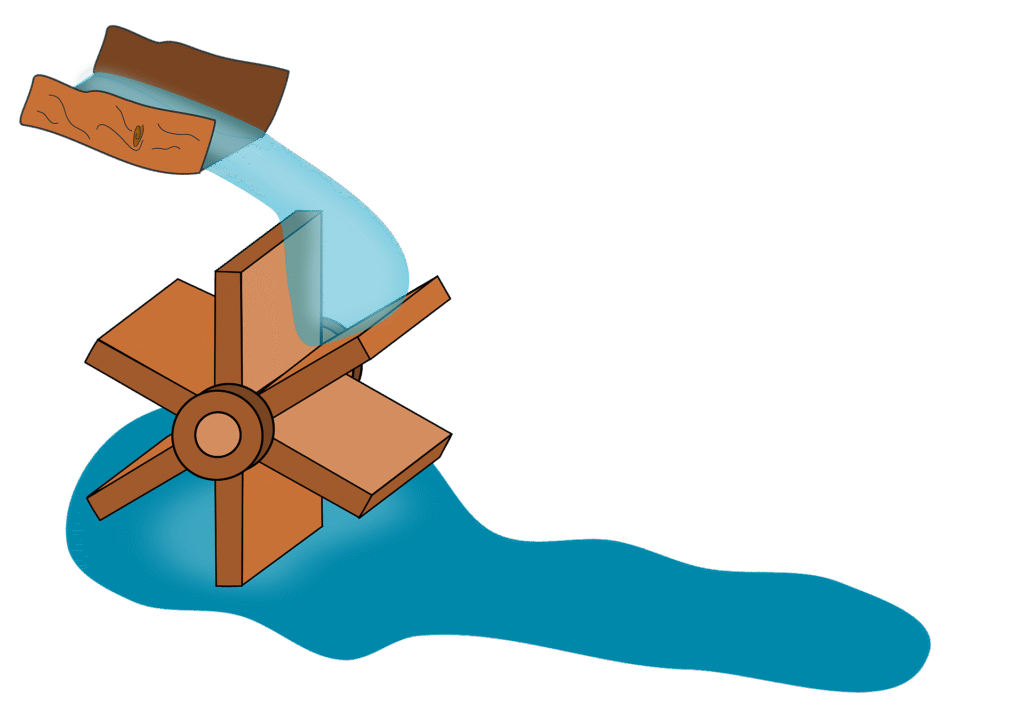
Torque converter
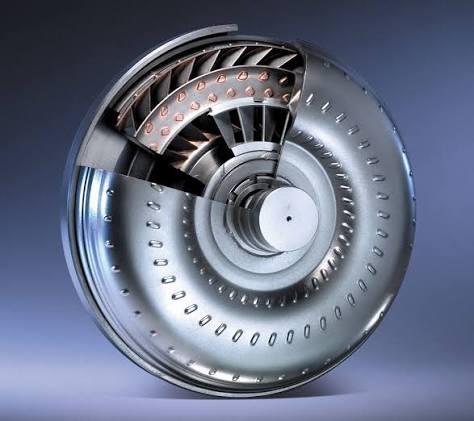
Hydrodynamics is the science of liquids in motion and can be demonstrated by a water wheel. The energy that is used is created by the water’s motion. A torque converter (fluid coupling) is a typical use of hydrodynamics in Cat machines. Oil in motion created from engine rotation is used to power the transmission.
HYDROSTATICS
Hydraulic jacks
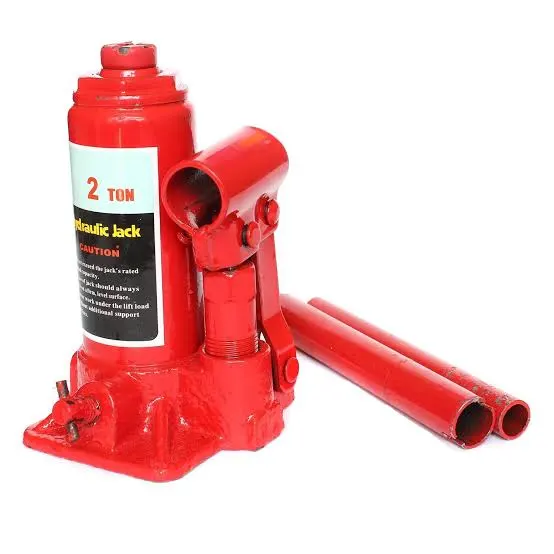
Hydraulic cylinder

Hydrostatics is the science of liquids under pressure and can be demonstrated by a hydraulic jack, or a hydraulic cylinder used on a Cat machine. In hydrostatic devices, pushing on a liquid that is trapped (confined) transfers power. If the liquid moves or flows in a system, then movement in that system will happen. For example, when jacking up a car with a hydraulic jack, the liquid is moved so that the jack will raise, lifting the car. Hydraulic cylinders are used in Cat machines to move components such as lifting a wheel loader bucket. Most hydraulic machines or equipment in use today operate hydrostatically.
Fluid Properties
Overview
To better understand hydraulics, it is important to have a basic knowledge of the properties and characteristics of liquids.
Liquid is shapeless. It conforms to the shape of containers and conductors, allowing it to transfer energy through all types of passages. Since liquids conform to any shape, liquid can flow equally in any direction and into all open passages.
There are two main characteristics of liquids: Liquids at rest and liquids in motion. Liquid has the tendency to maintain its free surface level, as shown.
Liquid Under Pressure
A liquid is practically incompressible. A liquid will maintain its density under pressure. Liquids also apply pressure in all directions.
When substances other than a liquid are compressed, they take up less space. A liquid occupies the same amount of space or volume even when under pressure.
Gas would be unsuitable for use in hydraulic systems because gas compresses and takes up less space.
There is equal distribution of pressure in a liquid. The pressure measured at any point in a hydraulic cylinder or line will be the same wherever it is measured.
Transmitting Volume
When a pipe connects two cylinders of the same size, a change in volume in one cylinder will transmit the same volume to the other. The spaceor volume that any substance occupies is called displacement. Liquids are useful for transmitting power through pipes, for small or large distances, and around corners and up and down. The force applied at one end of a pipe will immediately be transferred with the same force to the other end of the pipe.
Most hydraulic systems use oil, because it cannot be compressed and it lubricates the system. Water would be unsuitable because it freezes at cold temperatures, boils at hot temperatures and it causes corrosion and rusting as well as provides little lubrication.

